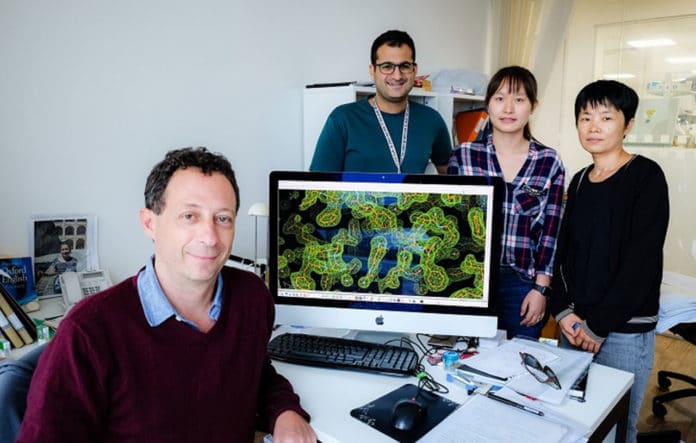Respiratory syncytial virus (RSV) and human metapneumovirus (HMPV) cause severe respiratory diseases such as pneumonia and bronchiolitis in infants and elder adults. Neither a vaccine nor an effective antiviral therapy exists to control RSV or HMPV infections.
Now scientists at the Nanyang Technological University, Singapore (NTU Singapore), have discovered a new pathway to disable respiratory syncytial virus (RSV) and human metapneumovirus (HMPV) after elucidating the structure of one of its key components.
Using cryo-electron microscopy, scientists were able to image the molecular structure of one of these large complexes, an enzyme called HMPV L:P polymerase. They imaged the enzyme at a resolution of 3.7 Angstrom or 0.37 nanometres. Based on these two-dimensional pictures, they also built three-dimensional computer models of the proteins’ L:P molecular structures.
Dr. Julien Lescar from NTU’s School of Biological Sciences said, “with this detailed structural knowledge, we hope to develop inhibitors that disrupt the enzymatic activities of HPMV L:P protein and potentially block infection by the virus.”
“We hope that our work will help researchers in pharma and academia around the world to design much-needed therapies for difficult viral infections that often lead to antibiotic-resistant bacterial infections.”
The team reported their findings in the journal Nature.
